Search
Search Results
![[American Literature] William Bradford - Of Plymouth Plantation](/uploads/kraked/6/6-2192_ci_preview.jpg?v=1605871279-1746665358)
Video
[American Literature] William Bradford - Of Plymouth Plantation
A spoiler free introduction to this text. The content is intended for the students of my high school class. Though if you've stumbled across this video and have found it helpful, I'm glad to have been of use. Intro (0:00) About the...
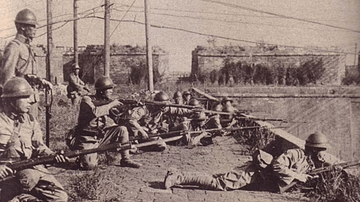
Image
Japanese Troops, Manchuria, 1931
A photograph showing Japanese troops at the Mukden Little West Gate during the invasion of Chinese Manchuria (Manchukuo) in September 1931. The invasion caused a crisis with the League of Nations.
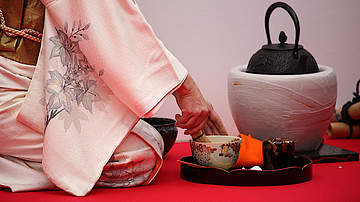
Image
Japanese Tea Ceremony
The Japanese Tea Ceremony.
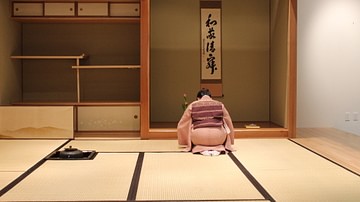
Image
Japanese Tea Room
A traditional Japanese tea room with tatami matting, caligraphy hanging scroll and a single vase of flowers. The hearth is set into the floor on the left.
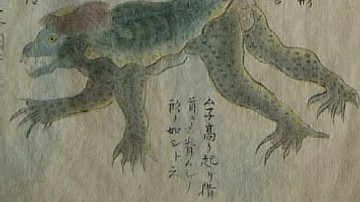
Image
Japanese Kappa, a Water Sprite
Drawing of a Japanese kappa, supposedly caught in 1801 in Mito domain. Illustration from an 1836 copy by Reikai of Suiko Kōryaku by Koga Tōan. The inscription reads: Height 3.5 shaku, weight 12 kamme. The chest protudes, the neck is short...
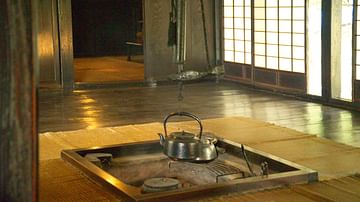
Image
Traditional Japanese Hearth
A traditional hearth in a Japanese home.
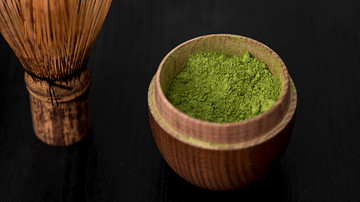
Image
Japanese Matcha Green Tea
Matcha, the powdered green tea used in the traditional Japanese tea ceremony.
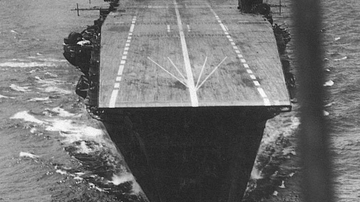
Image
Japanese Aircraft Carrier Akagi
A 1942 photograph of the Japanese aircraft carrier Akagi. Aichi D3A Type 99 dive bombers are preparing for takeoff. Taken during the Indian Ocean Raid (March 1942) which attacked Sri Lanka (then called Ceylon).
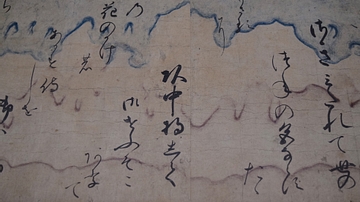
Image
Japanese Calligraphy
An example of Japanese calligraphy. From a scroll with extracts from the 'Tale of the Genji' or Genji Monogatari, written in the 11th century CE by Murasaki Shikibu. Ink on decorated paper. Attributed to Prince Son'en (1298-1356 CE). (Tokyo...
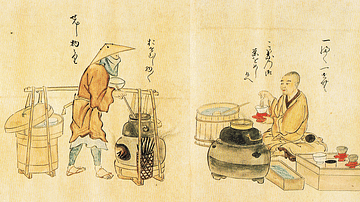
Image
17th-century Japanese Tea Vendors
A print showing Japanese tea vendors. Edo Period, c. 1846, print from a 1632 original. Copied by Kanō Osanobu and Kanō Masanobu. (From Poetry Competition of Artisans, vol.2)